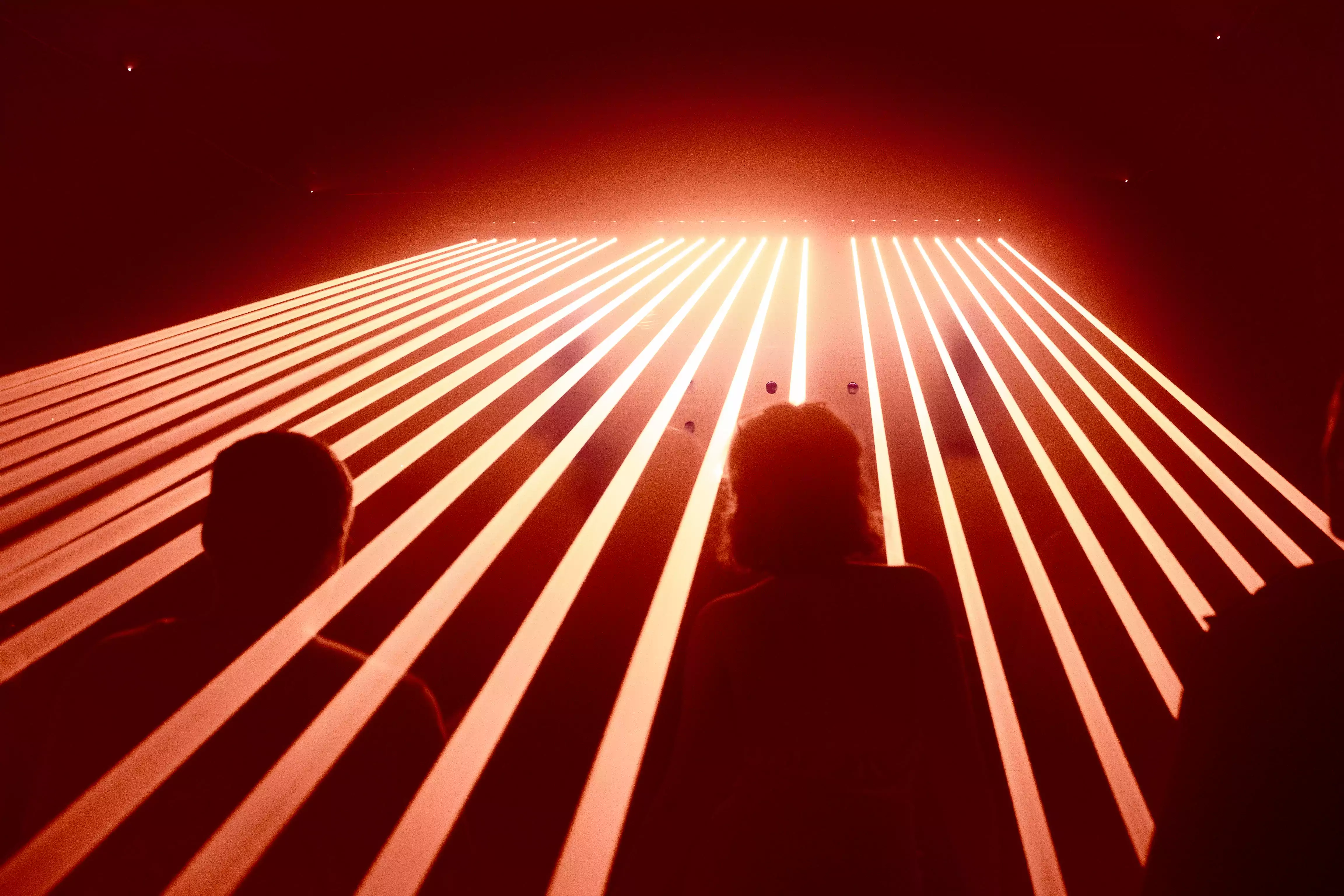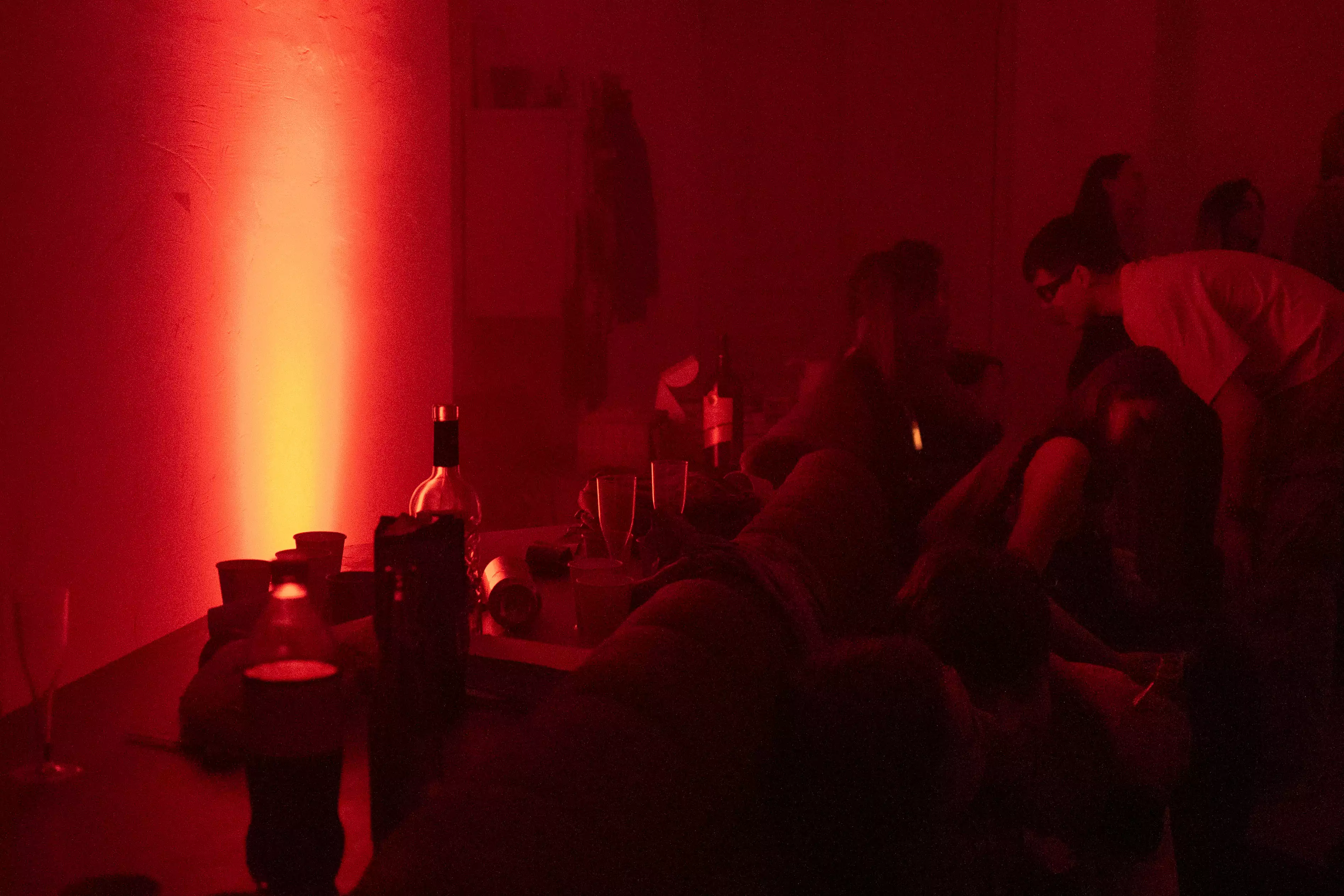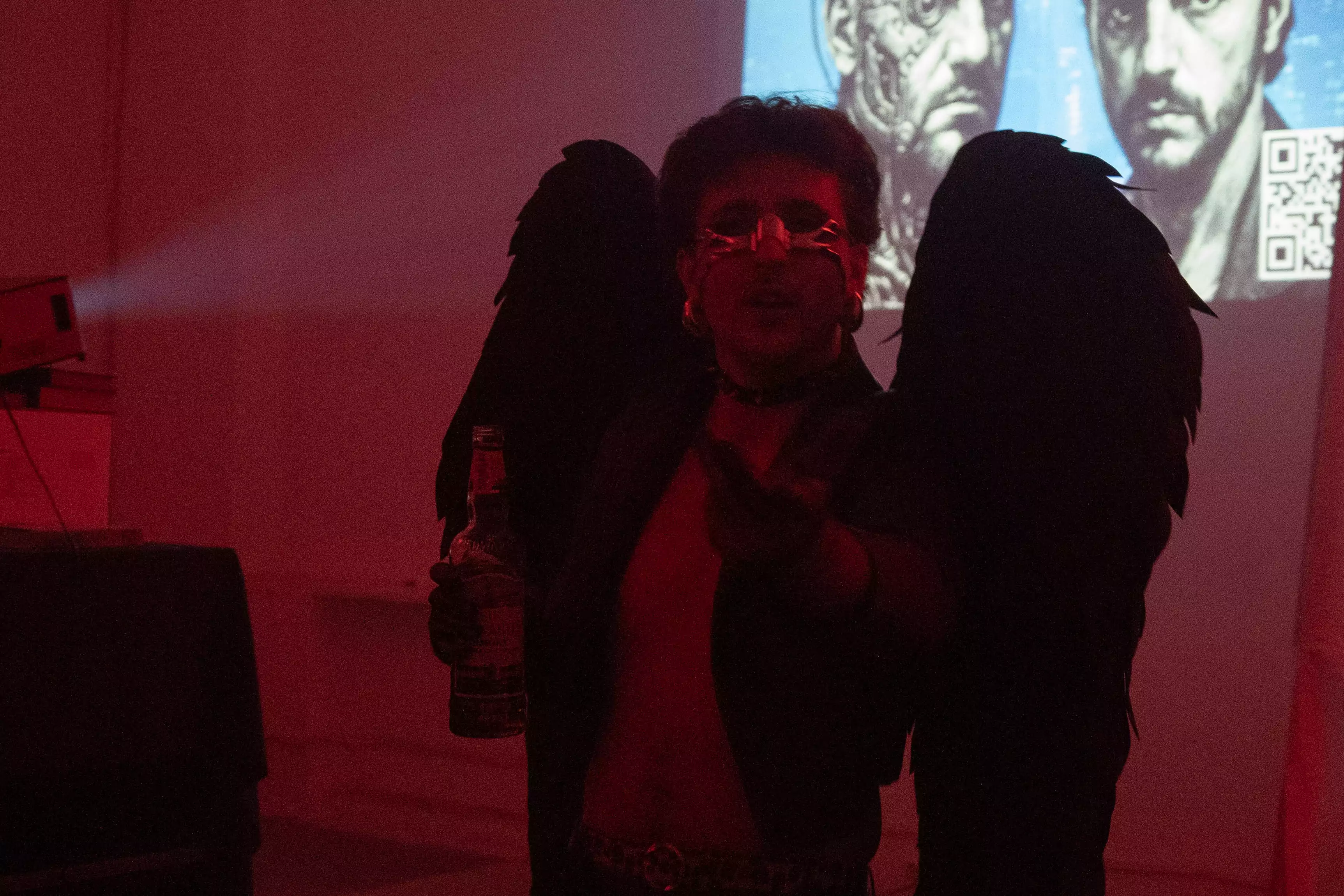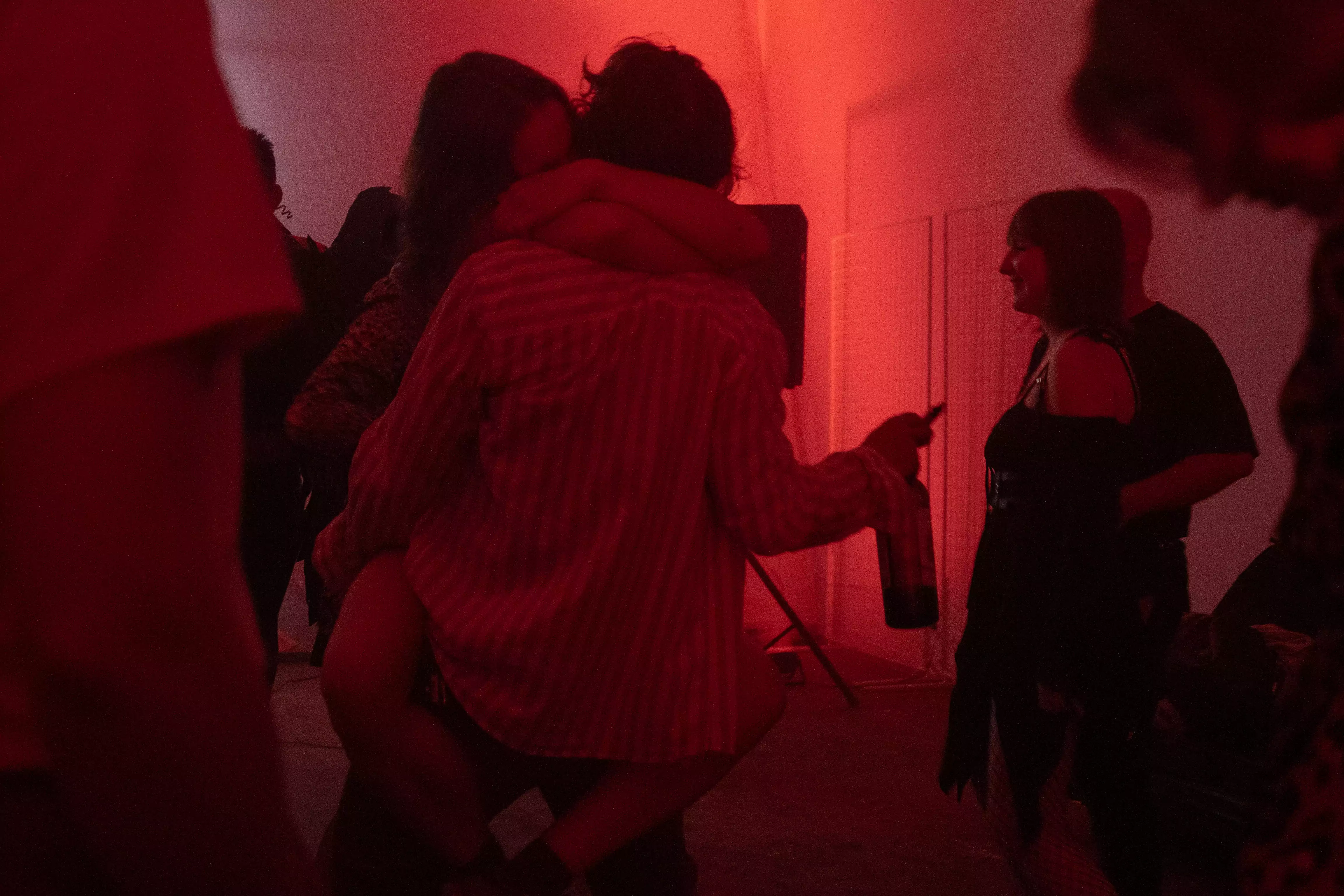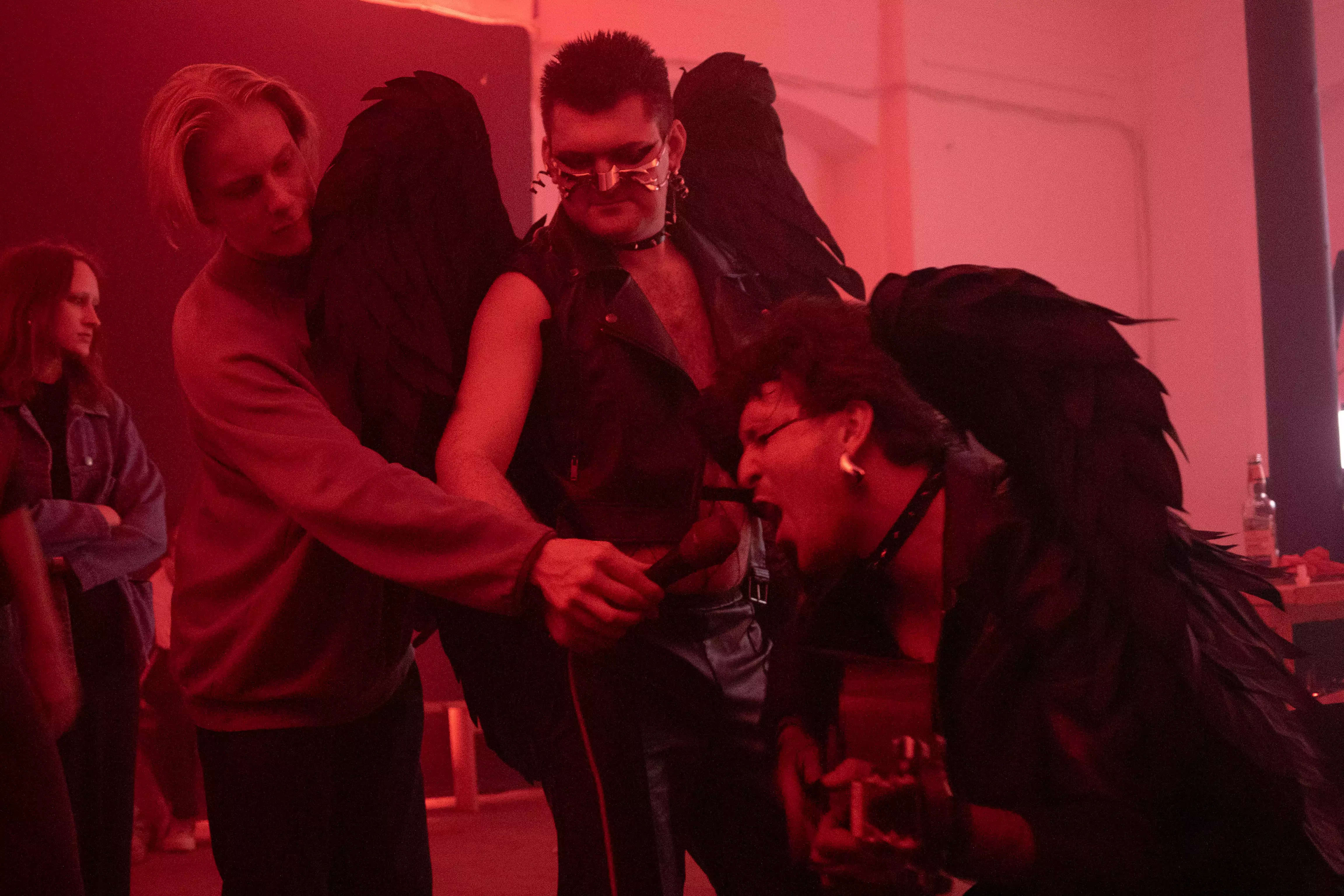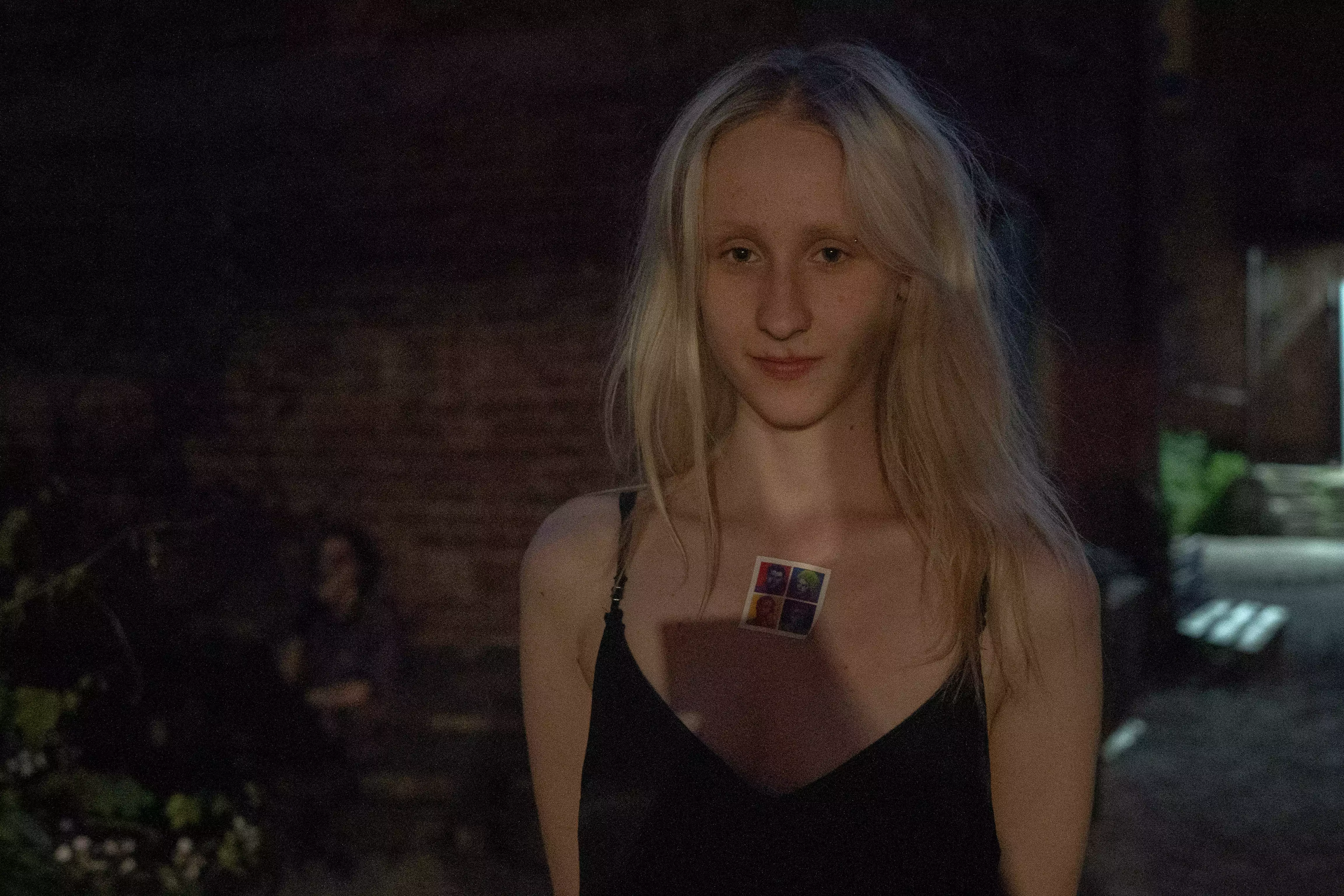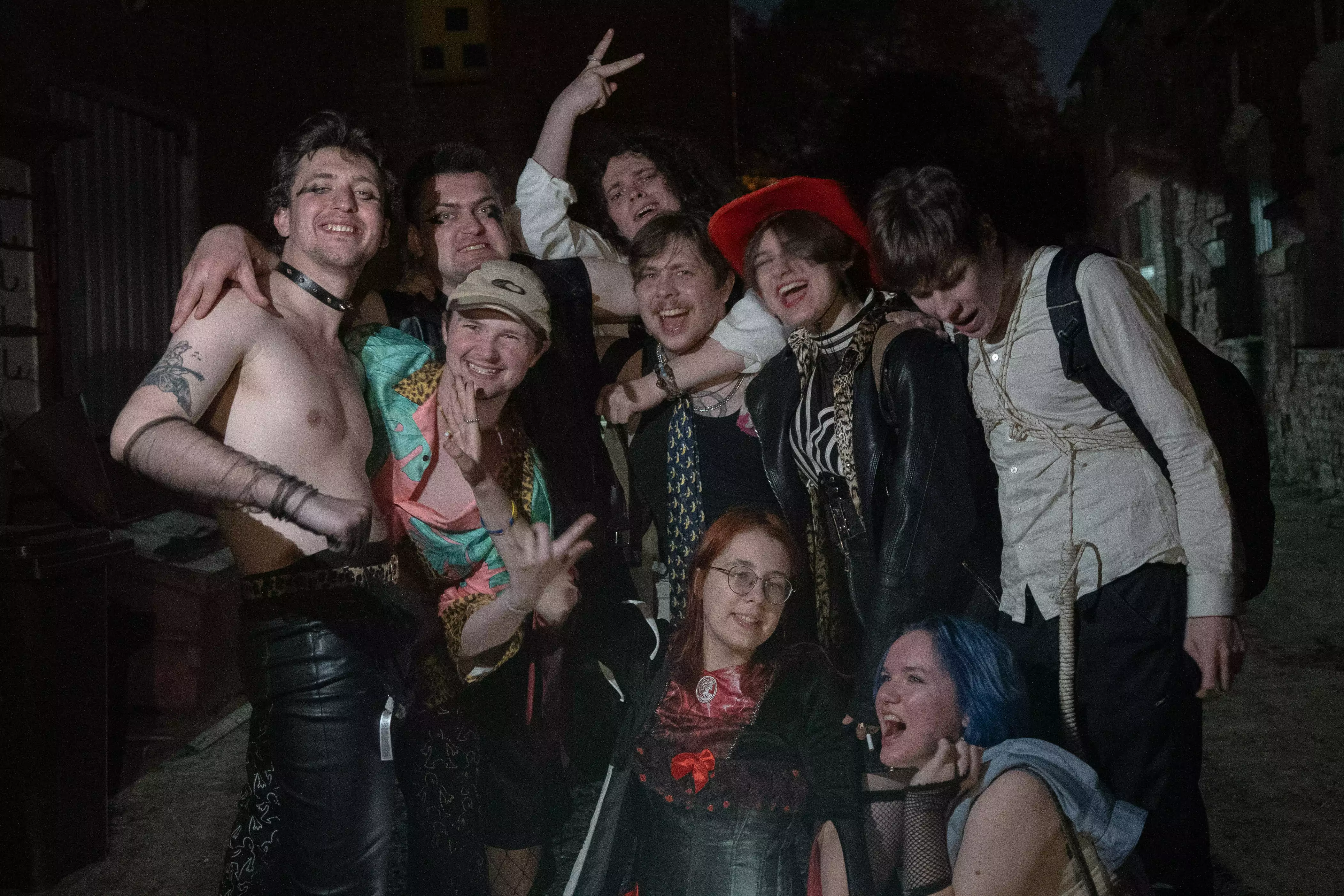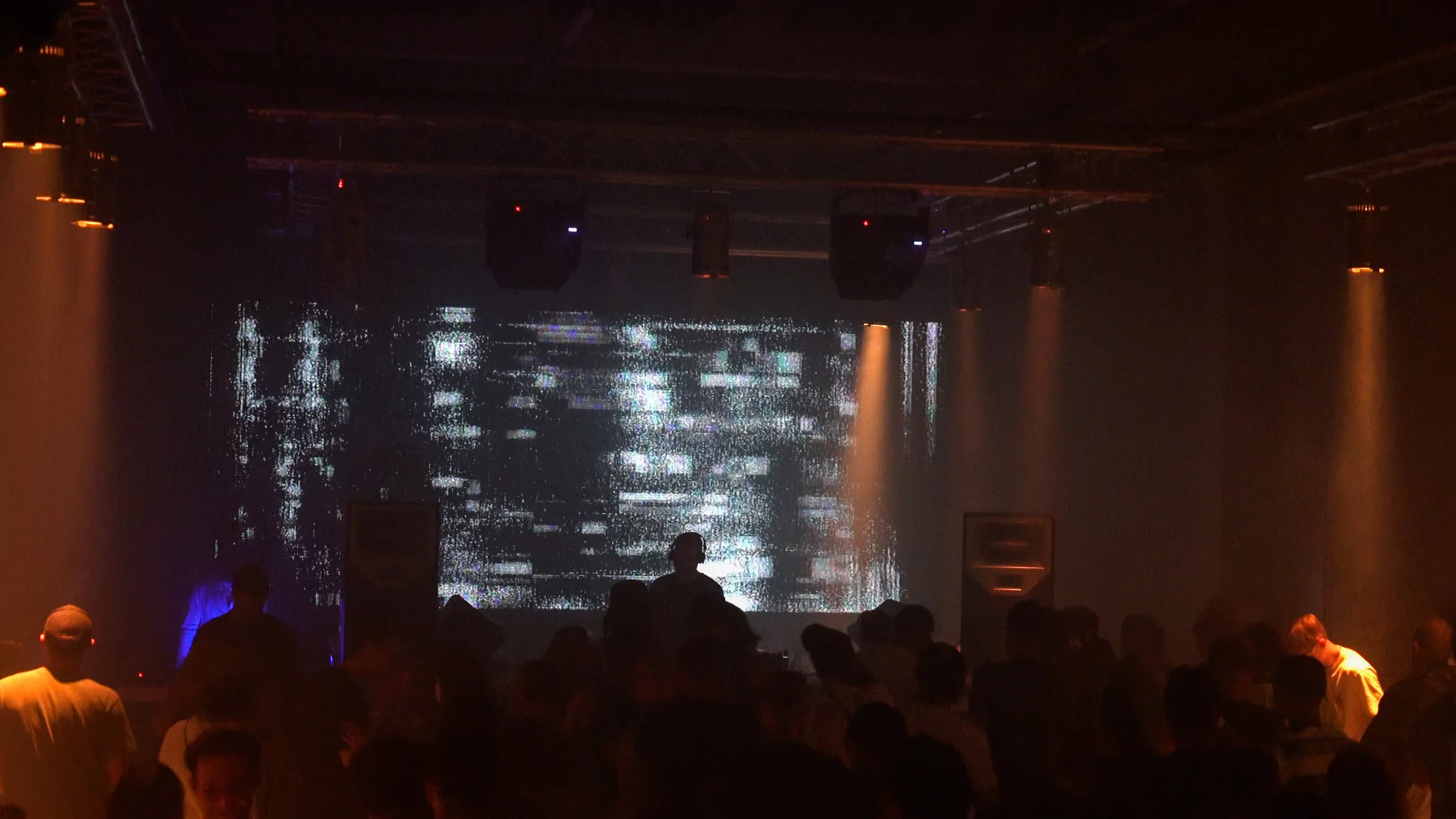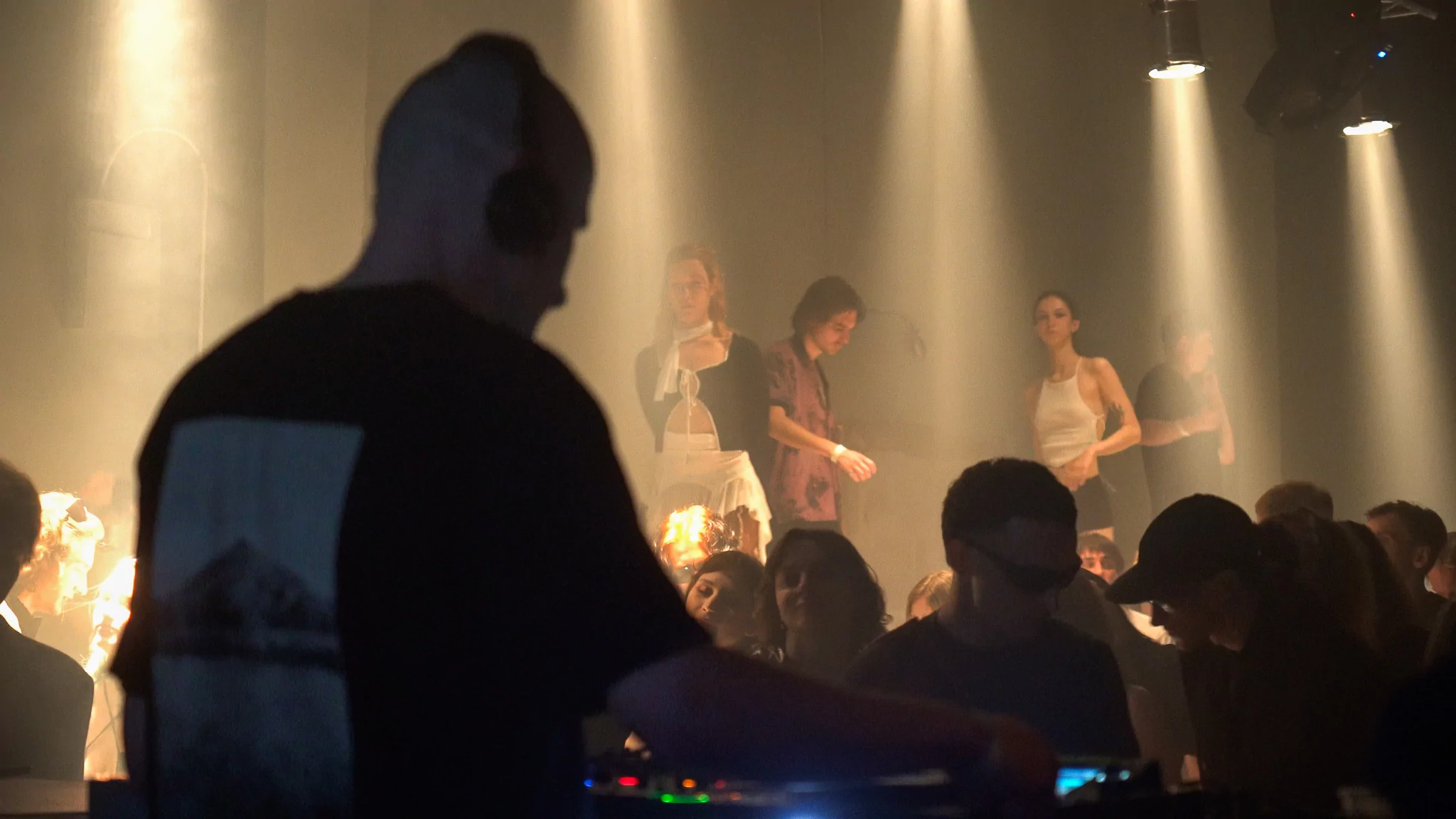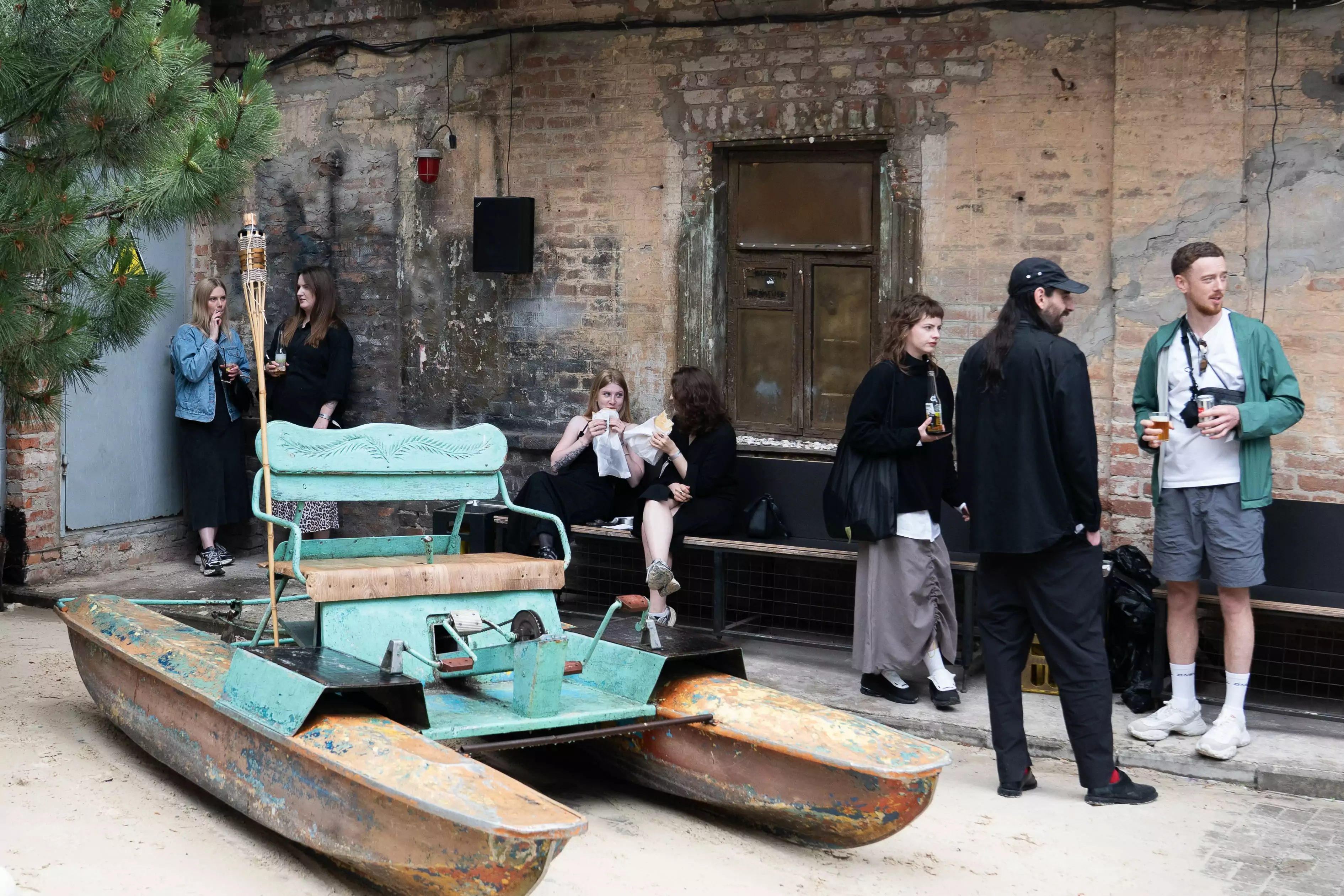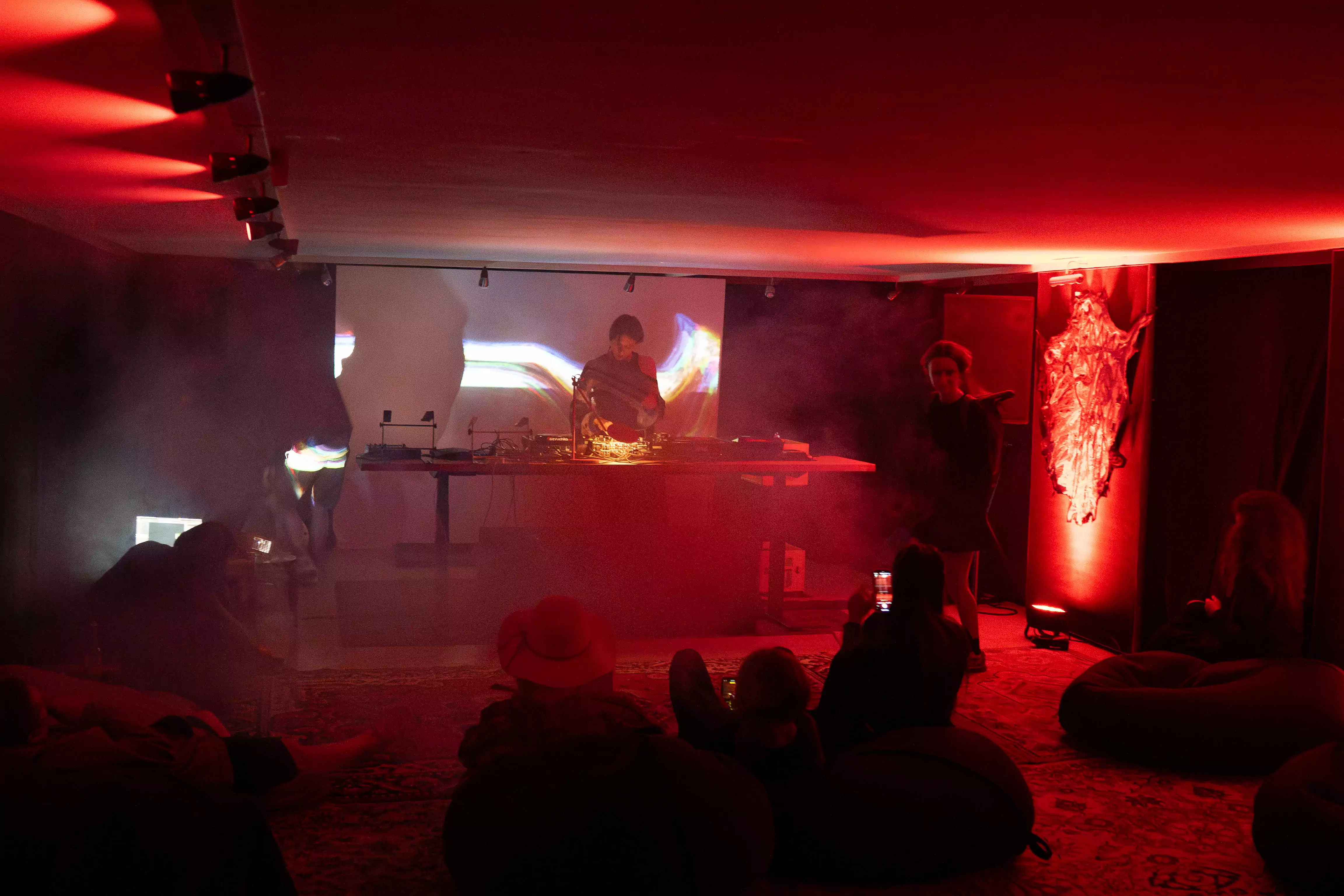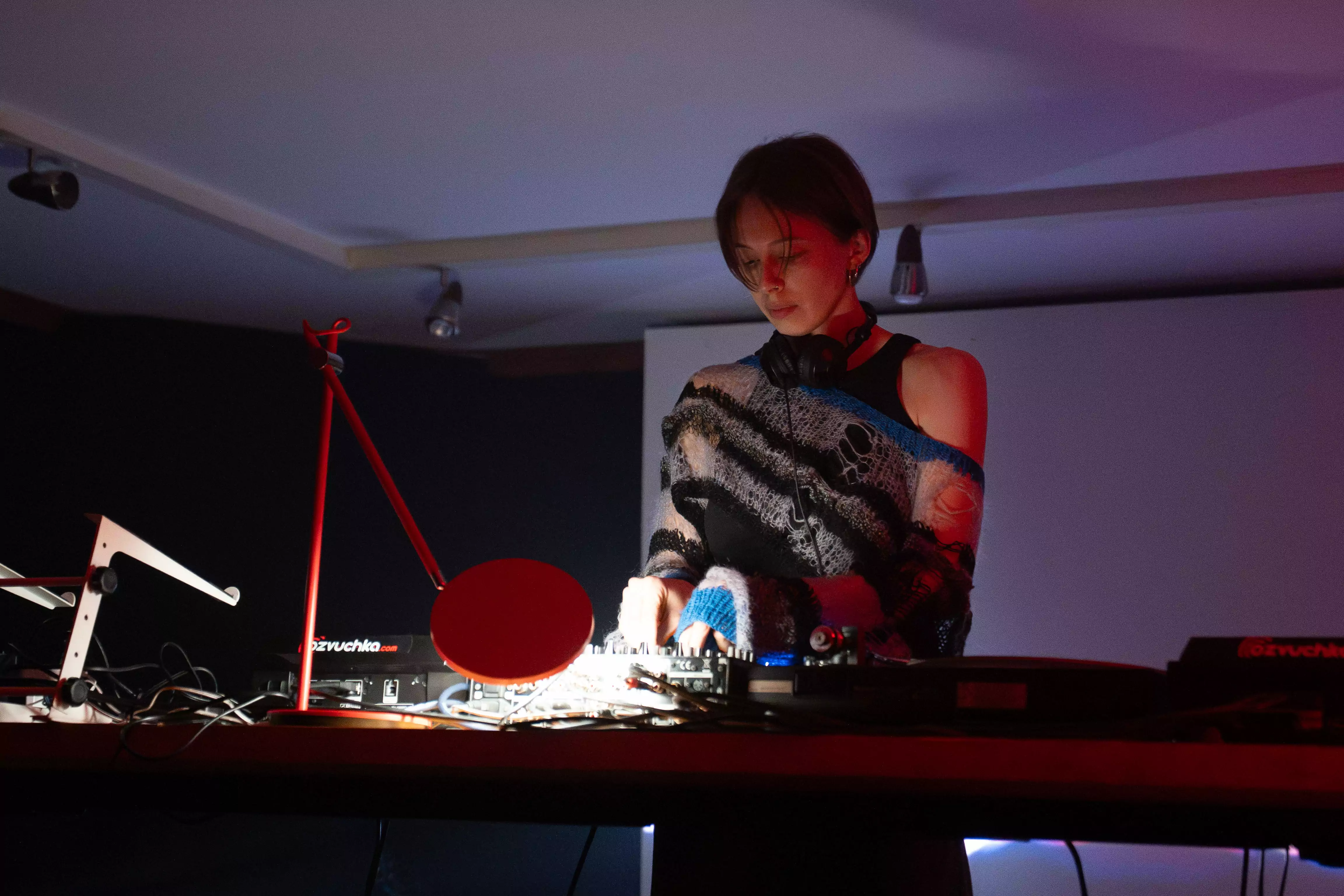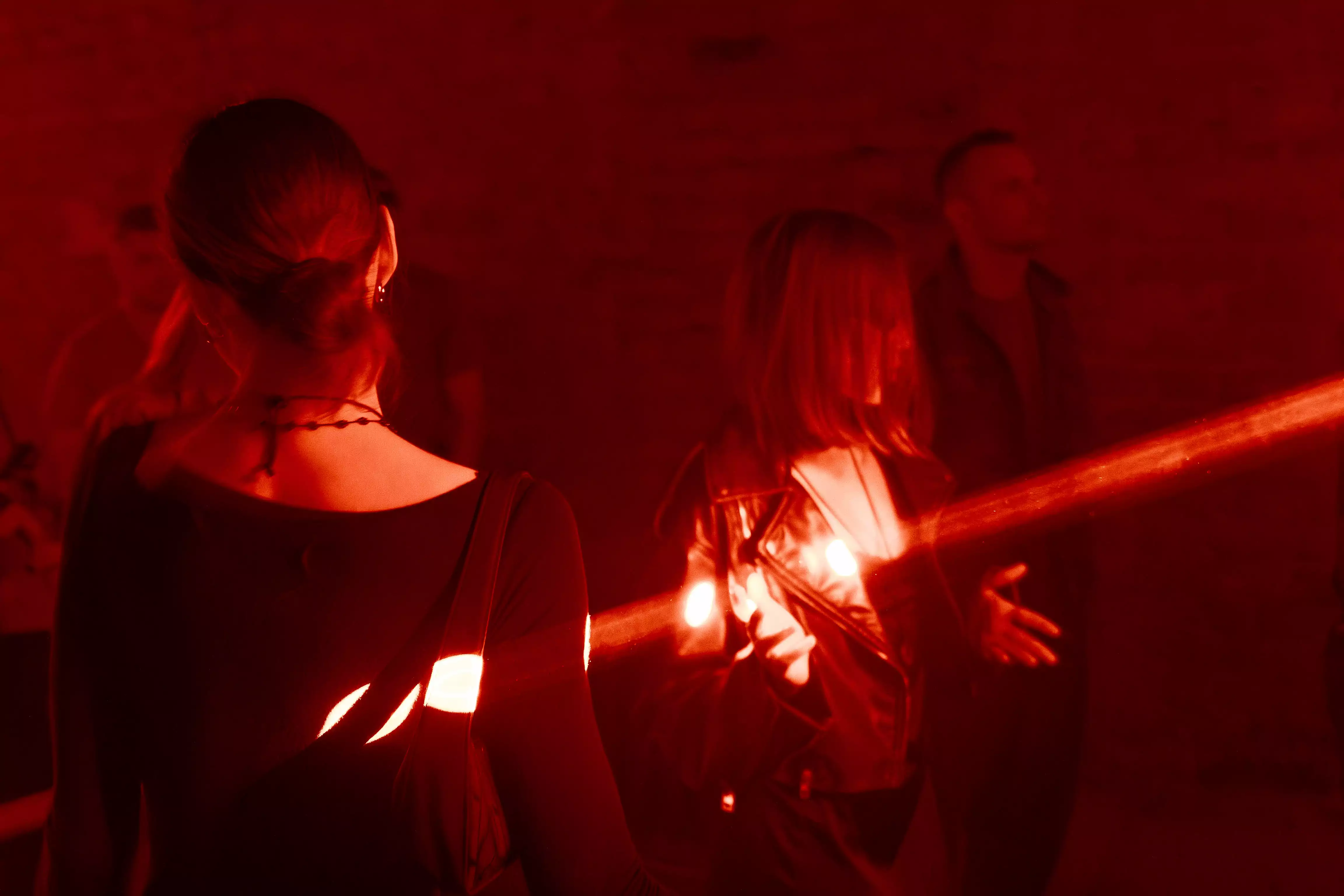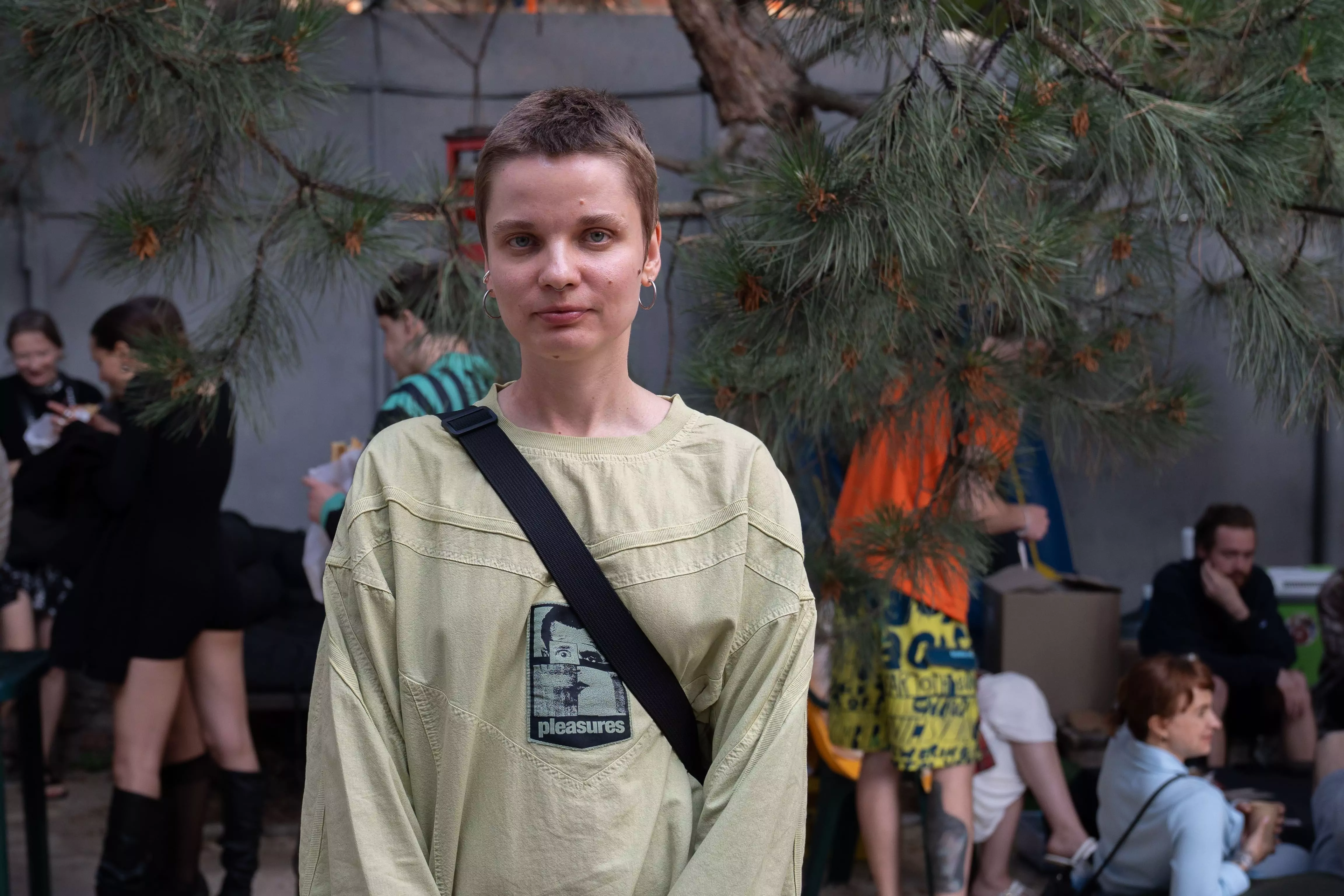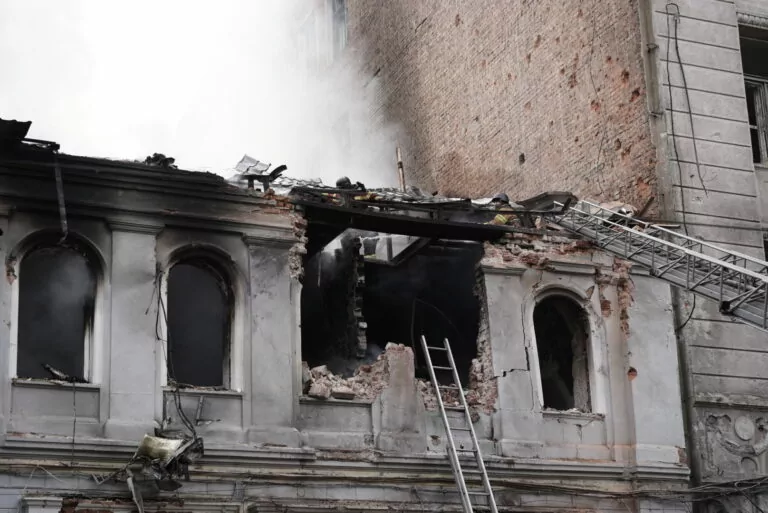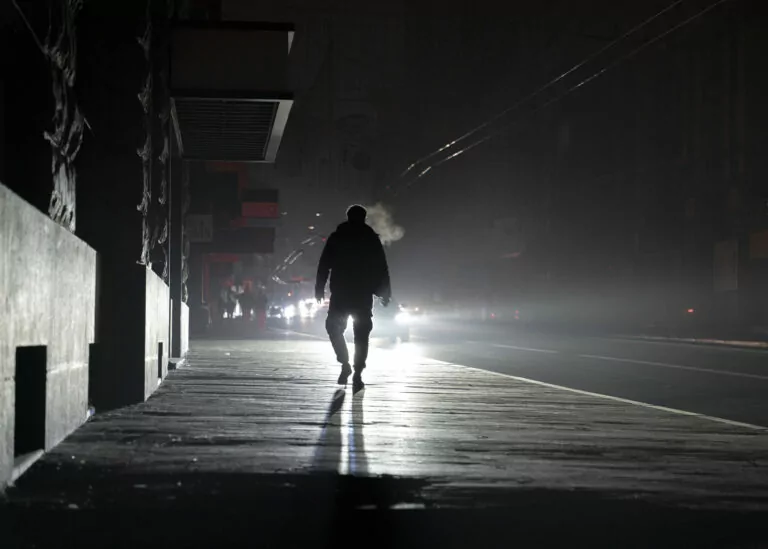UKRAINE, KHARKIV — Like any large city, Kharkiv had an extensive nightlife — from Friday to Sunday, at dusk, people filled the clubs and danced until Monday’s sunrise. At least that’s what I was told. I had just turned 18, and then the Russian bombs started falling on the city.
A curfew was imposed, so I never had an opportunity to go to the club at night. Currently, nobody can legally go outside after 11 p.m. without a permit.
Instead of electronic — or any — music, the explosions after Russian airstrikes, the buzz of their drones, and the sounds of Ukrainian air defense attempting to shoot the threats down became what young people like me got used to.
The club scene never completely left, though. It remained in Kharkiv — it just needed some time to recover and reinvent.
So, since 2023, people in Kharkiv have embraced daytime clubbing.
I visited three different parties at a time when the world was starting to talk about negotiations between Kyiv and Moscow, and Russia was launching an offensive on the Sumy region that neighbors Kharkiv.
Authentic underground of OPG
It is the end of May, 7 p.m. A few hours ago, Russian troops launched a drone attack on the city, and now they are hitting Kharkiv Oblast with missiles. But the city is quiet, at least for now.
It’s my first time here, but it’s easy to find the location. You just have to follow the crowd — women dressed in all black, wearing collars and chest straps, and men casually ignoring the dress code. They all go to the gate of the courtyard of a cultural space, Druk, located in a once-abandoned printing house built under the Russian Empire. The courtyard is filled with the smell of alcohol.
OPG — Odesa Poetry Gangbag — hosts an event there. It’s a Kharkiv poetry and punk duo of Vlad Radchenko and Nikita Lutyi. On weekdays, Vlad is a college literature and philosophy teacher, and Nikita is a hairdresser. Now, they are organizing a party with a “BDSM dress code” in honor of Nikita’s birthday.
A drunk stranger guides me to the stairs leading to the white vintage doors with a couple of punks kissing by them.
Punk music and laughter are coming from these doors. It’s a large room, almost entirely dark, lit only by a deep red light casting long shadows on the walls. DJ equipment stands in the middle, an improvised stage with a spotlight takes up the left corner. Several people are lounging on a long sofa near a bar to the right. OPG posters are layered on the old table at the edge of the room.
As more and more people join, a woman’s voice rises above the noise. People clap and shout as Vero Yuzepchuk, one of the party’s co-organizers, speaks, a cowboy hat on her head. She announces that the OPG will be here in 15 minutes.
Steam begins to fill the cramped room — and the band steps onto the stage. Both musicians are dressed in leather — massive black wings open behind their backs. Their noses are decorated with a beak-shaped metallic mask.
The music starts properly from the second try. Nothing ever goes smoothly with the OPG, says Vero as they fix the issue with the equipment that disrupted the first attempt.
“That’s because it’s a real underground,” she laughs.
When punk-futuristic synths finally fill the room, people start dancing.
Vlad and Nikita look into each other’s eyes as they sing, taking turns to drink cheap wine straight from the bottle. Occasionally, there’s an excited scream from the crowd that overshouts the musicians.
I hear English in the crowd. Since 2022, it’s been a common thing to hear it in the city. Kharkiv, just 20 miles from the Russian border, is often a final stop for foreign journalists, politicians, and volunteers.
A man in his forties speaks to a circle of young people. His name is Francis. He’s dressed in a simple red t-shirt, divided by a shoulder bag strap, and bermuda shorts. He came to the party with his dog. Having grown up on a farm in Canada, he traveled the world, living in countries of Africa, Asia, South America. Now, for almost three years, he has lived in Kharkiv, where he volunteers at a soup kitchen.
“Why did you come to Ukraine?
“Just because I can,” he said. Continued, “I am a white American male. There is nothing better in the world you can wish for than to be that.”
In the hall, at the end of the party, Nikita picks up his acoustic guitar to play live and sing, a contrast to the electronic mash of their main repertoire. People go to the nearest supermarket to get more alcohol as if it were a house party — the bar was improvised by organizers and those who brought their own drinks. It’s getting close to 10 p.m.
An unusual quiet settles over Kharkiv. Russia typically begins overnight drone strikes around this time, but, for now, the skies remain clear. Only a guided bomb alert in Kupiansk, a town near the eastern front, breaks the uneasy calm.
Outside, most people gather around Nikita and Vlad, who’ve stepped out for a smoke. A young woman weaves through the group, asking for water and jokingly announcing that she’s so drunk that she’ll name her children after these two.
A lonely girl sits on a tire bench, looking drained. It is Liudmila, an 18-year-old real estate agent. She is not a frequent visitor to this kind of party, but she enjoyed it.
“Everyone here is kind, totally grounded,” Liumila says.
As the crowd dissipates around OPG, Nikita shares their inspiration for the party. Once upon a time, they were smoking on the balcony, and Vero suggested, “Well, since you’re the sexiest, let’s have a BDSM party.”
“I personally love BDSM,” Nikita adds.
Vero, informs everyone she has something to say.
She goes, “Ukraine is the world’s underground. Kharkiv is the Ukrainian underground. The underground has always lived in Kharkiv, and it will always live, damn it.”
Some People — industrial rave with glamorous flavor
On May 31, just 15 minutes before the party at the Some People Culture Center, the storm started to gather above the city. The sounds of thunder rolled through Kharkiv, triggering for many. Despite the threat of oncoming rain, the venue was packed with visitors.
Some People’s center is a repurposed industrial building that once housed a commercial machinery factory. It has a gritty, minimalist aesthetic typical of classic electro clubs — gray concrete walls, a dark color scheme, and sleek black furniture.
Yana, an accountant’s assistant, is excited about the rave. “That’s precisely what Kharkiv needs. I don’t want to move to Kyiv for cool parties.”
Inside, it’s dark. Loud electronic music is pulsing from the dance floor. Some guests gather around a long bar, while others talk quietly in the lounge zone.
A sign on the door to the dance floor reads “Shelter.” The room behind it is large and windowless, with the thickest walls in the building, designed to protect partygoers from blast injuries caused by a possible Russian airstrike.
The music here is so loud that I feel it scratching at my eardrums. Some tap their feet to the rhythm, sipping on their cocktails, while others move with their entire bodies to the sound, arms and all, their motion defining their space for those around them.
A flurry of chaotic images flashes on the screen in the far corner of the hall, and old-school spotlights illuminate the room in time with the music. In the center of the room, a large DJ setup draws attention. People gather around it, forming circles that move closer to the DJ and then drift away toward the entrance to the bar.
Experienced raiders of electronic events take the front row.
Right in front of the DJ, a man in his mid-30s is dancing, his face is hidden by a black bucket hat while his muscular body meets the rhythm of the music perfectly.
Another man stands with his back to the DJ, acting as a conductor, waving his hands at the dancers around him. When he raises his hands, the crowd comes alive; when he lowers them, their movements slow to an almost hypnotic pace.
Along the sides of the hall, a group of women dances on tables that are lost in the shadows. It seems that they are levitating.
It gets heated in the hall. Some people peel off their T-shirts, unwilling to stop moving. Others step outside for a quick smoke break.
The bar, which is really refreshing after the hot hall, is also full. Conversation flows effortlessly, as though among old friends, while people’s heads sway subtly to the rhythm, as if the music ties them to the energy of the dance floor.
A man from Lviv says, “I could not even think that in the east of Ukraine you can find a place where you can have a good time. A real underground!”
Evening sets in, but no one is planning to go home, as if the curfew doesn’t exist and everyone is ready to stay until morning.
Half-dressed people fill the entire space of the center, dancing everywhere: in the main hall, by the bar, even in the restroom.
I spot a man in a red athletic T-shirt surrounded by people. It’s Bakunn, a Kyiv-based DJ who performed tonight. He says he feels like he was able to truly express himself here in Kharkiv. He was surprised by the warmth and support from the crowd — Bakunn hadn’t expected people in Kharkiv to be ready for events like this.
“Yes, the acoustics at Some People still need some work,” he says, “but overall, I’m just really happy that there’s an underground scene in Kharkiv — and that people value it so much.”
Scene 5 — chill party for inner circle
Located right on Kharkiv’s main riverside promenade in the city’s heart, Scene 5 feels like the most hidden club. There are no signs or branding to set it apart from the other industrial buildings along the street. The only clue is a gate painted with characters from the Soviet movie Kin-dza-dza! It gives off the feeling that no one’s trying to draw new visitors in, like it’s a place meant only for those who already know about it. A locals-only vibe.
It’s June 21, and the summer heat is yet to arrive in Kharkiv, but the scene at the entrance to Beach No. 1 suggests otherwise. A checkpoint marks the entry point, where a girl hands out wristbands featuring the event’s name. Beyond the checkpoint, the area is transformed: the garden floor is now covered in sand to create a beach-like atmosphere.
A few soldiers chat casually near a donation stand for the 3rd Assault Brigade.
A group of English-speaking foreigners, likely soldiers themselves, relax on a paddle boat situated in the middle of the sand, as if it were sailing through an imaginary sea.
Sitting in the shade of a pine tree decorated with colorful beach toys, a woman sells shrimp in plastic cups — a familiar taste of summers past for anyone who once vacationed in the south of Ukraine.
The garden stands between two buildings. In one of them, Scene 5 organized a gallery — a basement space, hidden from the outside by strands of shimmering tinsel, half-lit with a soft crimson glow.
The air here is hazy with vapor. There are carpets hanging from the walls, and people are lying on the floor, relaxed. There’s no loud laughter or conversation here — people are simply enjoying the music.
Valeriia, a DJ in a black tank top and a torn DIY crop top, is playing ambient.
She used to live and perform in Kharkiv, often at Some People, but moved to Kyiv after Russia began its big war.
“Kharkiv’s audience has changed a bit. I feel like this is a new generation,” she says. “They might not be used to bold outfits or open behavior, but they’re trying to get to know it.”
A presentation about Kharkiv’s urban development is taking place on the second floor of the galery. It might seem unusual in the context of a party, but it has gathered its own audience.
More than ten people are here, discussing the city’s growth and ideas for its future. Some are sharing their experiences of briefly living abroad after Russia’s invasion touched Kharkiv.
As I am coming down from the gallery after the lecture, a woman calls me to the dancefloor, “There’s such beautiful music playing, and you’re missing it.”
The small space has no barriers, yet the crowd is naturally split between the bar and the dance area.
Like the gallery, the room is bathed in a dim red glow. Bartenders are mixing signature cocktails, pulling bottles from shelves carved directly into the exposed brick wall. Some people are settled on a large soft couch near the restroom. A few are examining the oversized repainted Yeremeister logo on the wall next to it.
Most of the crowd, though, is dancing — people of all ages move, free and chaotic, across the small stage. Bright orange beams from the overhead spotlights shine steadily over the crowd.
By evening, a bonfire is lit in the garden, making it feel even cozier.
I talk to Bellis, also a DJ from Kyiv — for her, events like this are a must for the local culture. She believes music keeps Kharkiv from falling into silence.
“I think the scene here is more underground, and I really love that. Everything feels a bit rough around the edges, but in a good way,” Bellis says.
Kharkiv feels special to Bellis. People here, she believes, aren’t jaded from being oversaturated with events.
When I ask if that lack of “clubbing practice” is what makes the locals more reserved, she tells me that Kyiv wasn’t always so open either. She’s confident that Kharkiv’s electronic scene still has its best days ahead.
Gwara is a Kharkiv-based independent newsroom that works to tell you about our vibrant home while it resists Russia’s war of aggression and endures through its consequences. Please, consider buying our journalists a coffee or subscribing to our Patreon to support our reporting long-term.
